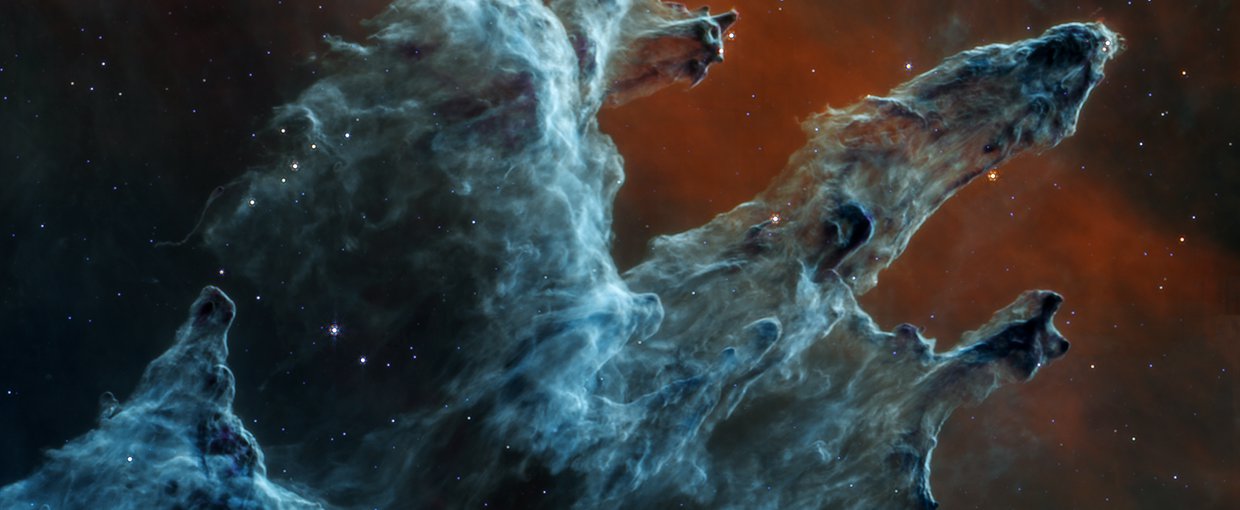
In only months, the Webb Space Telescope has already collected a wealth of data and provided captivating images of the cosmos. Webb has been used to make a wide range of observations, from distant galaxies to exoplanets, and even neighboring worlds in the Solar System.
A recent post from Many Worlds highlights the breadth of early observations by Webb, including some of the most exciting findings that the mission has made thus far.
Webb has provided new details about the mysterious planet Neptune, including the first ever view of a faint dust band that surrounds the planet. The data also include crisp images of Neptune’s rings, which were first observed in 1989 by the Voyager 2 spacecraft.
Webb also captured an image of the exoplanet HIP 65426 b, a young gas giant orbiting a star roughly 356.2 light-years from Earth. In the years to come, Webb will be used to characterize the atmospheres of exoplanets, which is an important step in understanding planetary formation and the potential habitability of worlds far, far away.
Click here to read more from Many Worlds about findings from Webb’s early science release program.
The Many Worlds Blog chronicles the search for evidence of life beyond Earth written by author/journalist Marc Kaufman. The “Many Worlds” column is supported by the Lunar Planetary Institute/USRA and informed by NASA’s NExSS initiative, a research coordination network supported by the NASA Astrobiology Program. Any opinions expressed are the author’s alone.


